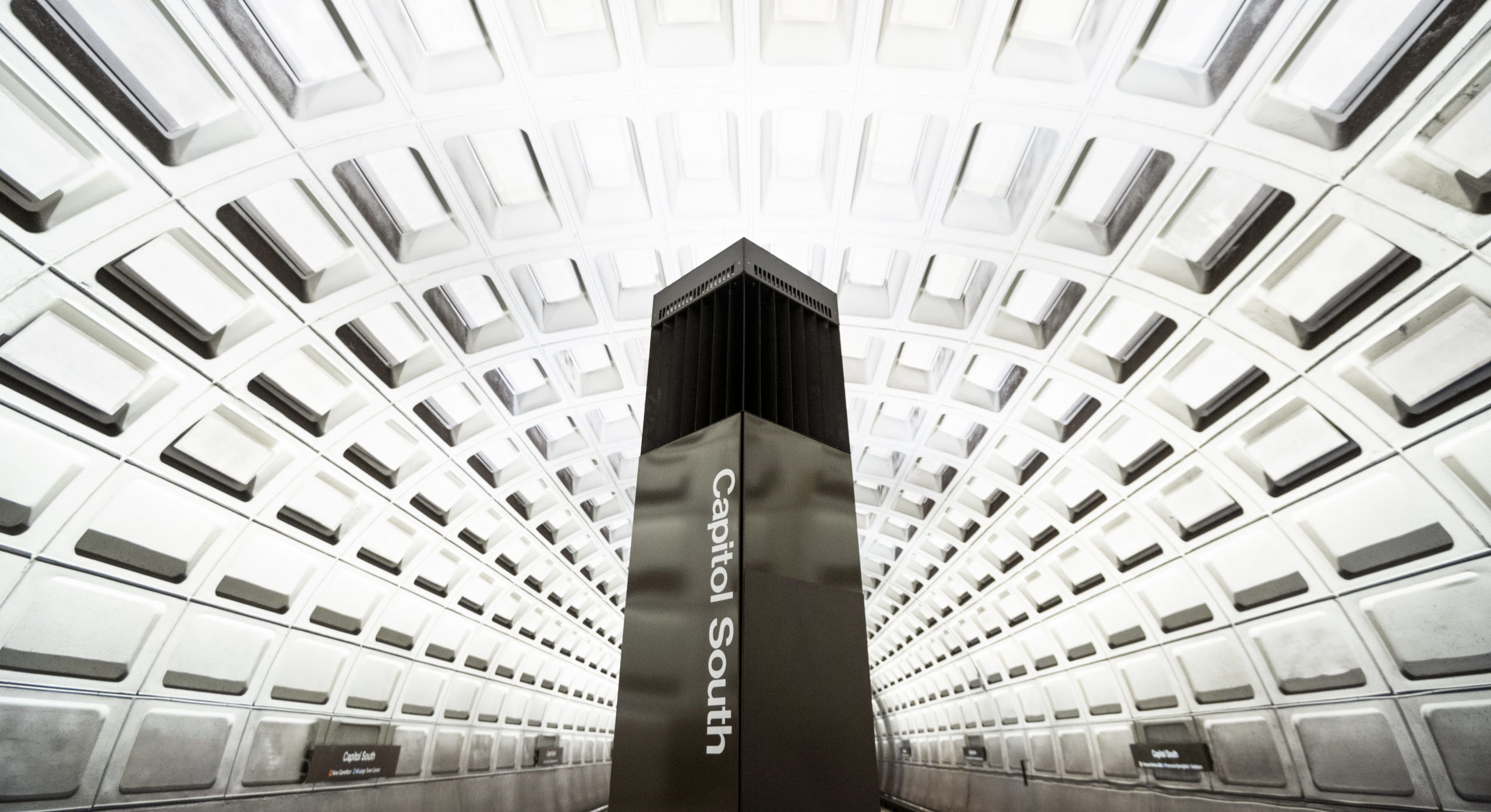Fare Evasion Is Still Bad
It’s easier to stop rising disorder before it reaches crisis levels.

Fare evasion on the Washington, D.C., metro system is worse than it has ever been. At my home stop, I would guess that a quarter of the riders I see every morning don’t pay for a ticket. Other longtime D.C. residents have told me they have noticed that the problem, once limited to a minority of teenagers and lawbreakers, has become an epidemic.
To gauge how bad fare evasion and turnstile jumping had gotten, I decided to do an informal experiment. I would stand outside the gates at various stops throughout my day and count how many fare jumpers I spotted in five minutes. I did this at multiple stops on the Red and Yellow/Green lines on four different occasions throughout the day.
The result of this experiment, which I shared on Twitter, was that I saw an average of 22 fare jumpers per session, or approximately one every fifteen seconds. Later, when I repeated the experiment during rush hour, I saw nearly 40.
Why has fare jumping gotten so common? In 2019, the D.C. City Council decriminalized it—reducing it to a civil offense with a mere $50 fine—and enforcement plummeted. In 2021, less than 300 citations for fare evasion were issued, compared to more than 15,000 in 2017, and all of those were issued in Maryland or Virginia, where the District’s measure did not apply.
Decriminalization was justified on the grounds that enforcement had a racially disproportionate impact. More than 91 percent of those cited for fare evasion were black. Incidentally, this matched my amateur findings. I saw a total of two white fare jumpers all day, about 2 percent of offenders.
The consequences of rampant fare evasion have included, first of all, the loss of tens of millions in revenue. Public transit ridership in D.C. still has not bounced back to pre-pandemic levels, so the system needs all the money it can get. Then there is the rising overall disorder. Many stations are now filled with the smells of urine and weed. As Mayor Muriel Bowser said when she unsuccessfully vetoed the city council’s decriminalization bill, “Lawlessness begets lawlessness.”
Lately the Metro system has promised to crack down on fare evasions. Signs have gone up in cars and stations stating the maximum fines for violators. But this campaign is mostly for show. An investigation by a local news station found that “fewer than two tickets were issued on average each day in the first two months of the campaign, with 91 issued systemwide and just two inside the District.”
When my tweet documenting my little experiment went viral, I was exhorted by hundreds of strangers to have pity on the poor fare jumpers. Don’t be such a Karen, they said. These are people who can’t afford a ticket, just trying to get to work.
That did not match my observations. Some of the fare jumpers did not, based on their dress and demeanor, seem to be job-bound commuters. Some were clearly affluent. Most seemed to be fare jumping simply because they could, because no one was going to stop them.
Take the twentysomething woman in designer clothes who asked me what I was doing, after she nudged her way through the gate without paying.
“You know the train costs money, right?” I said.
“Yeah.”
“So why didn’t you pay?”
“Because I don’t have to.”
“But the train costs money.”
“Yeah, I know.”
“You didn’t pay.
“Because I don’t have to.”
Another fare jumper, who told me he hadn’t paid for a bus or a train in three years, asked me why I cared. “Because you’re stealing from me,” I said. No, I’m not, he said, “because you could do it, too, if you wanted.”
Subscribe Today
Get daily emails in your inbox
He had me there. At a certain point, even someone naturally disposed to law-abidingness starts to think that following the rules is for suckers. Most governments try to arrest the downward spiral of disorder before reaching this point, because once you’re there, only two options are left.
You can give up and let chaos reign, which means fewer riders and shoddier service every year until the system collapses. Or you can crack down on the problem after it has reached crisis levels, which is a lot harder than it would have been if you had addressed it earlier. In this case, comprehensive enforcement would probably require massive surveillance with facial recognition along Chinese lines.
The first step toward solving a problem is admitting that one exists. The most demoralizing thing about my experiment was not learning how many people in D.C. evade the fare, but learning how many people on social media think it’s no big deal.
Comments